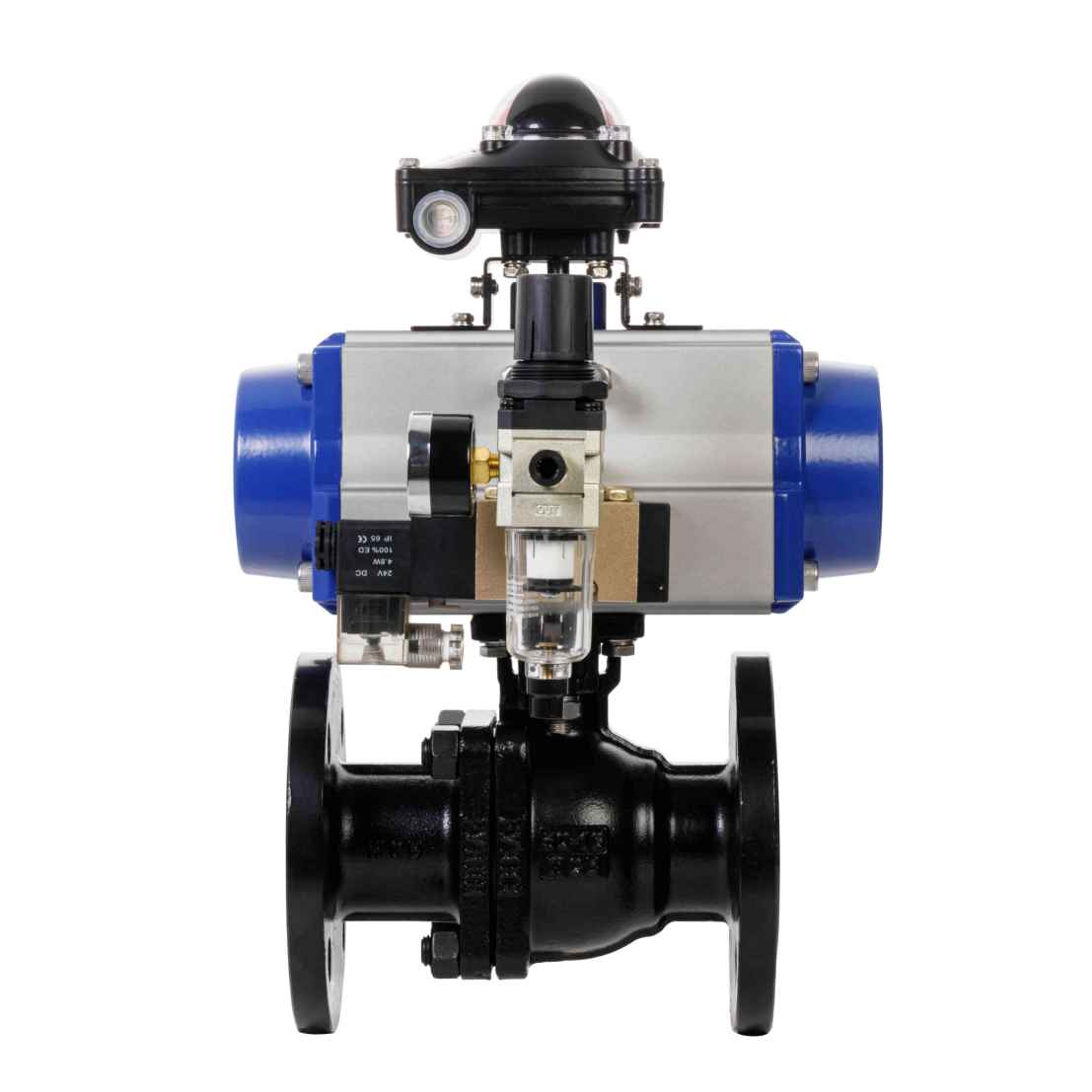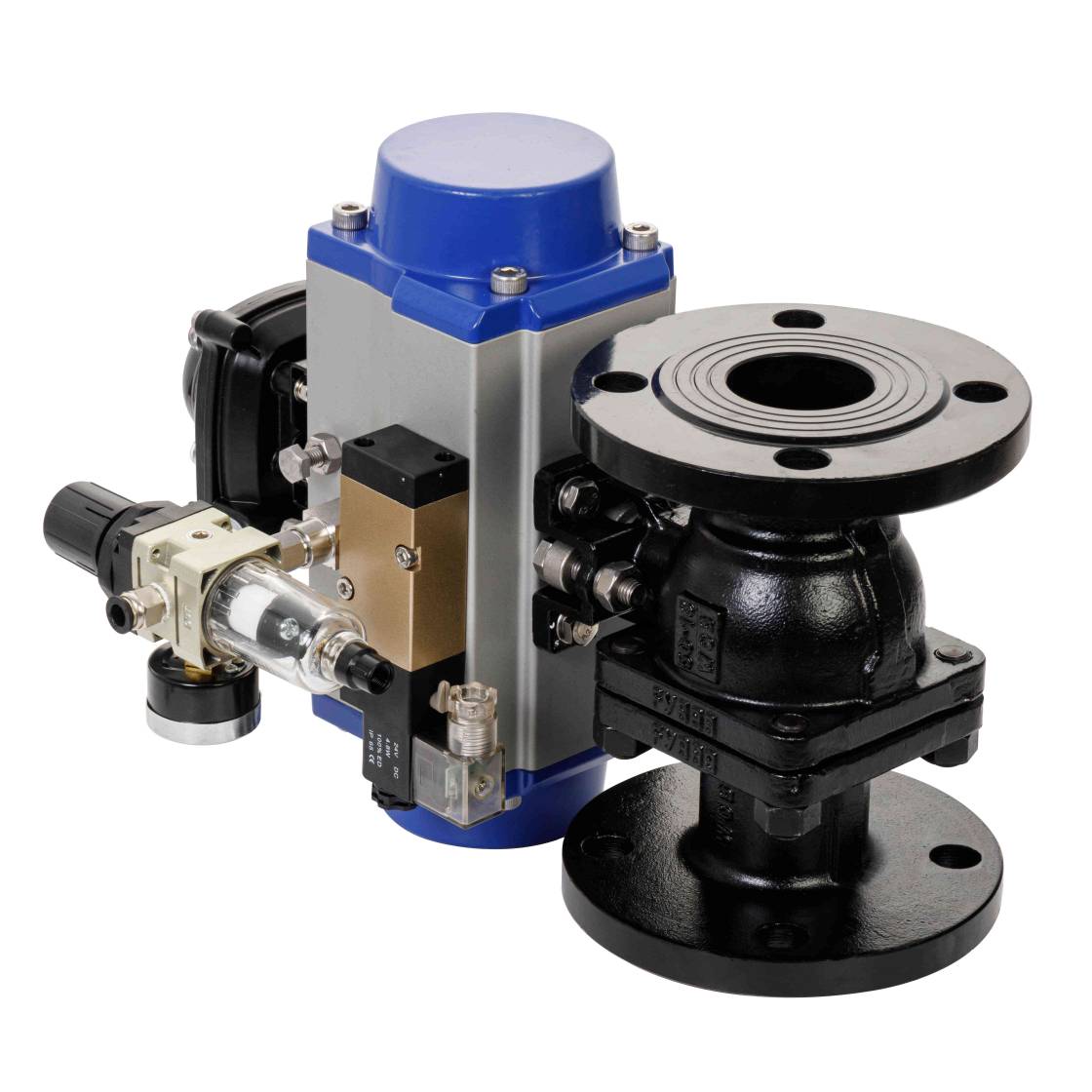understanding the pneumatic ball valve: a key component in modern fluid control systems
Release time:2025-08-16 07:53:02
The pneumatic ball valve is a crucial part of many modern industrial fluid control systems. It operates using compressed air to drive the valve's opening and closing mechanism, providing efficient, reliable, and fast control of fluid flow in various applications. Its simplicity, durability, and quick response make it ideal for industries such as chemical processing, oil and gas, pharmaceuticals, food and beverage, and many others. In this article, we will explore the construction, working principle, advantages, and applications of pneumatic ball valves.

What is a Pneumatic Ball Valve?

A pneumatic ball valve is a type of valve that uses a ball with a hole through it to control the flow of fluids. The valve body houses the ball, which can rotate within it. The valve is operated by a pneumatic actuator, which uses compressed air to turn the ball to the open or closed position. The opening and closing of the valve are controlled by the movement of the ball, which either allows or blocks fluid flow, depending on the valve’s position.
The ball valve is typically composed of four main parts:




